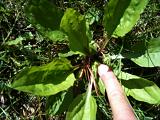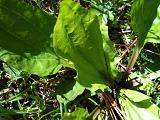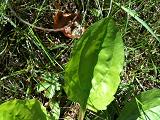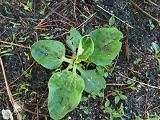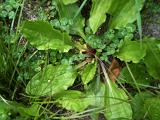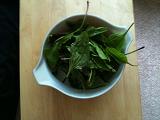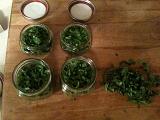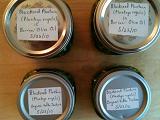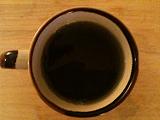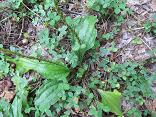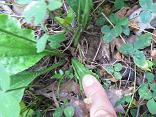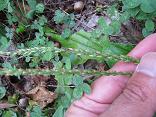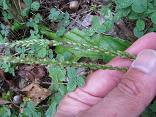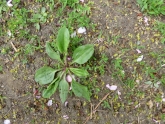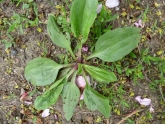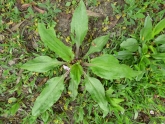Other differences according to Weeds of the Northeast include:
- Blackseed leaf margin is wavy-toothed while the Common/Broadleaf usually has an untoothed (entire) margin or irregularly toothed margin.
- Blackseed has little/no hairs on leaf blade. Common/Broadleaf has short and inconspicuous hairs.
- The Blackseed bract leaf near the flowers tend to lanceolate with a tapering and very slender tip. The Common/Broadleaf bract leaf is egg-shaped and blunt at the tip.
- Blackseed seeds are a dull dark brown or black. Common/Broadleaf seeds are glossy and light brown to dark brown.
- Blackseed has a cylindrical or elliptic, 4-10 seeded fruit capsule splitting well below the middle. Common/Broadleaf has a egg-to-diamond shaped, 6-20 seeded fruit capsule splitting around the middle.
